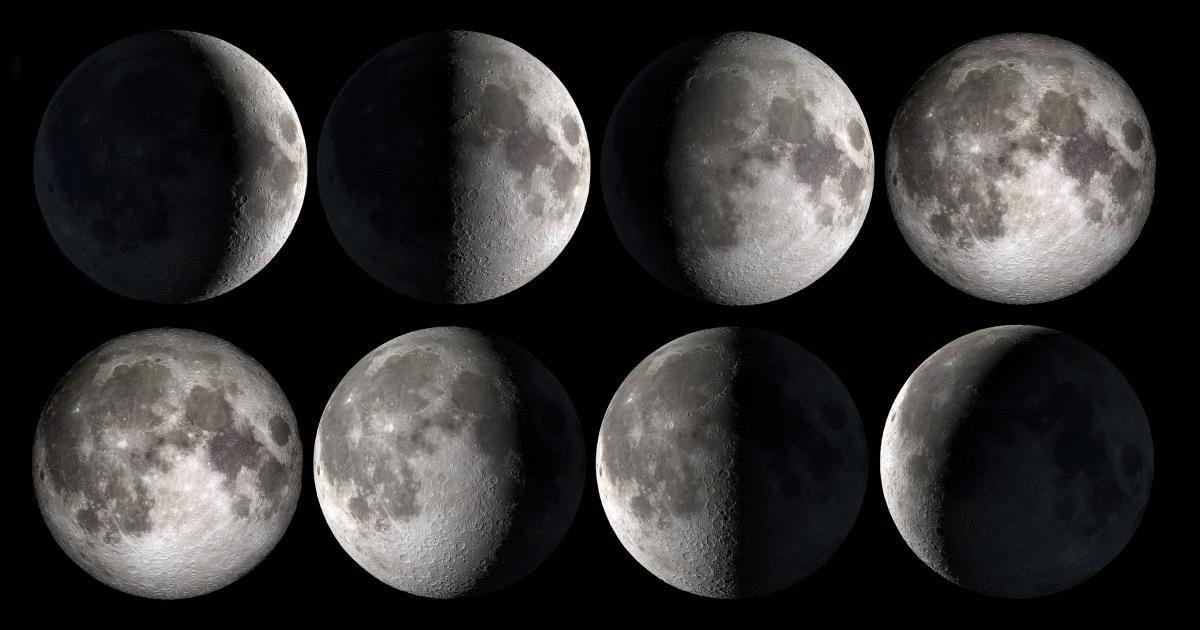

They’re most successful at ambushing animals (including humans) during the darker phases of the lunar cycle. Lions of the Serengeti in Tanzania are night stalkers. Several recently discovered examples reveal how lunar light influences lion prey behavior, dung beetle navigation, fish growth, mass migrations and even birdsong. Researchers have been cataloging moonlight’s effects on animals for decades and continue to mark new connections.
Lunar phases driver#
“Light is possibly, maybe just after the availability of resources in terms of food, the most important environmental driver of changes in behavior and physiology,” says ecologist Davide Dominoni of the University of Glasgow in Scotland. The presence or absence of moonlight, along with the predictable changes in brightness across the lunar cycle, can shape reproduction, foraging, communication and other aspects of an animal’s world.

Out in the wild, far from any artificial light, the difference between a full moon and a new moon (when the moon appears invisible to us) can be the difference between being able to walk outside without a flashlight and not being able to see the hand in front of your face.Īnd animals respond. See all the articles, plus our 1969 coverage of Apollo 11, here.įor people living in cities ablaze with artificial lights, it can be hard to imagine how dramatically moonlight can change the nocturnal landscape. This story is part of a special report celebrating humans’ enduring fascination with the moon and exploring the many ways it affects life on Earth. Special Report: Moonstruck 50 years after Apollo 11, lunar science still surprises and delights


 0 kommentar(er)
0 kommentar(er)
